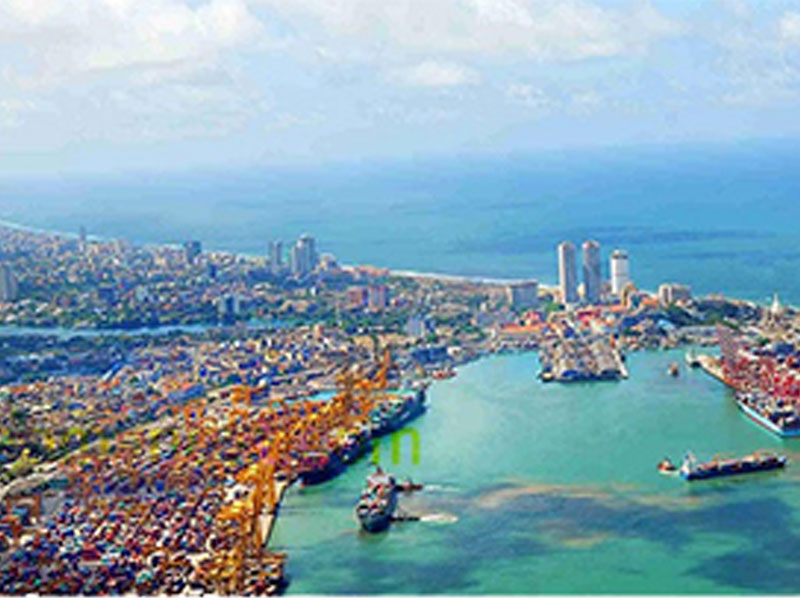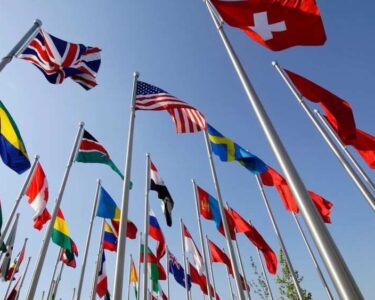Sri Lanka’s proposed Colombo North Port (CNP) faces “significant adverse residual impacts” on the marine environment, according to a 549-page environmental impact assessment (EIA) released by AECOM Infrastructure & Environment UK Limited. The report recommends that authorities carefully consider these impacts against the broader economic benefits of the project. The impacts are primarily associated with changes in the physical marine environment due to the construction of structures such as breakwaters and river training walls.
The EIA identifies 27 significant adverse residual impacts, with a focus on habitat loss of marine life like turtles, fish, and macrozoobenthos. The construction of port infrastructure and the presence of new structures are expected to lead to changes in wave conditions and coastal morphology. The report emphasizes the importance of weighing these unavoidable impacts against the potential economic gains from CNP development.
Sri Lanka Ports Authority (SLPA) Chairman Keith Bernard mentions that a feasibility study has been conducted, and while the project is in the early stages, it is under consideration. The existing Colombo Port faces limitations, prompting the CNP project to accommodate forecasted cargo growth until 2050, particularly in gateway and transhipment containers. The CNP will be located on the Western coastline, north of the Colombo Port, aiming to address depth limitations and underutilization observed in the current port.
The EIA urges the inclusion of proposed mitigation methods and an environment and social management plan in tender documents. Despite SLPA’s responsibility for implementation, the report emphasizes the need for the government’s involvement. The construction workforce for each phase is estimated to be 300 to 500 people, with a project footprint of 409 hectares, 99% of which will be offshore
The South Port will undergo initial expansion, and the CNP project aims to facilitate cargo growth, focusing on import/export and transhipment containers. Additionally, the report notes that sediment accumulation has not been observed following the Port City Development, suggesting a relatively low net transport of sediment along the coastline. The EIA concludes that this transport is likely lower than the estimated rate based on recent sediment modelling.







